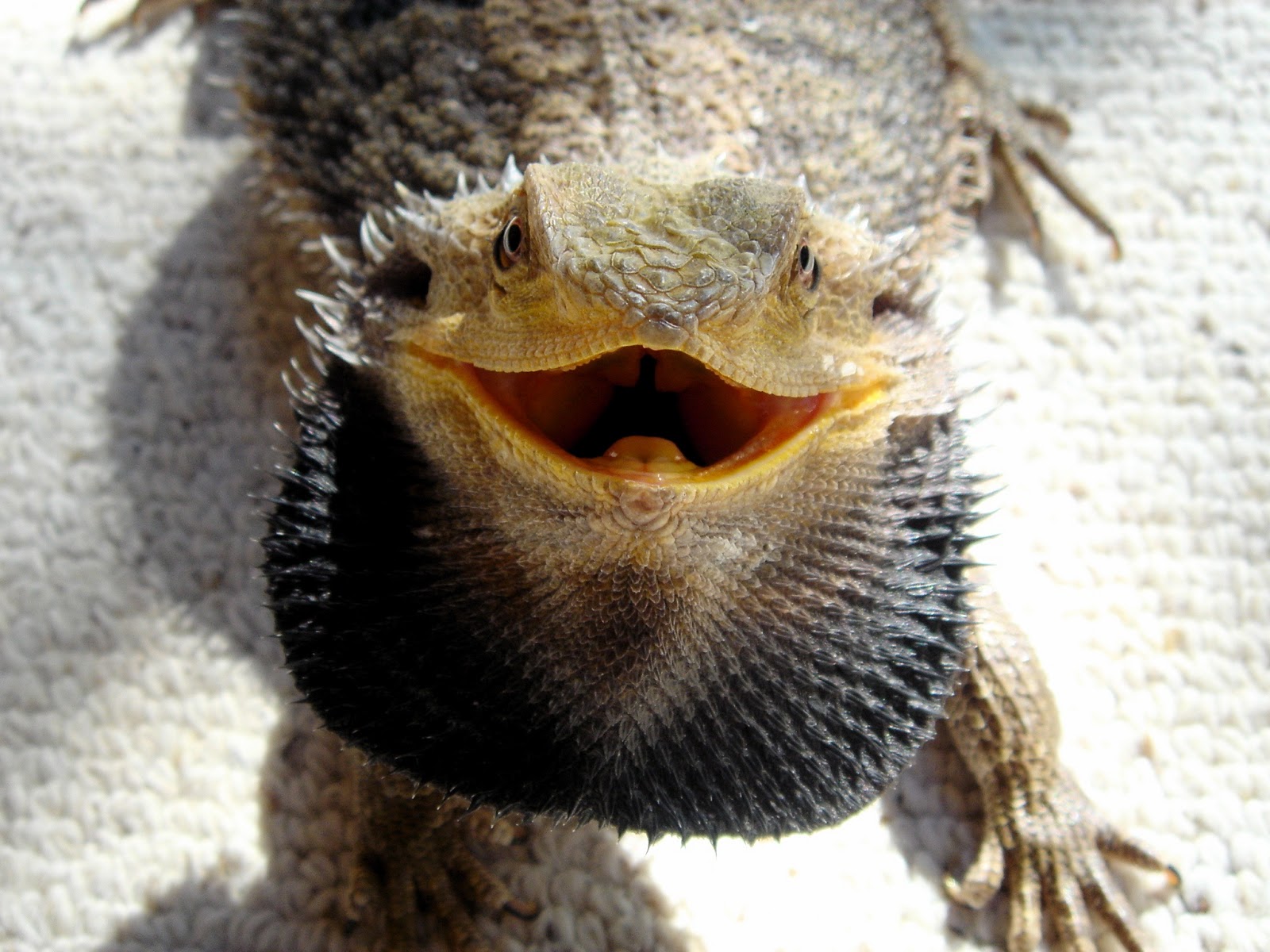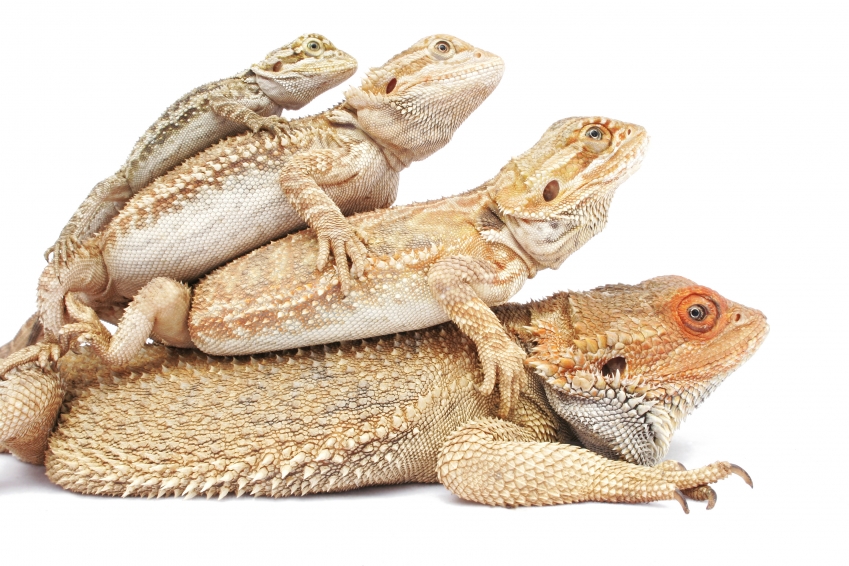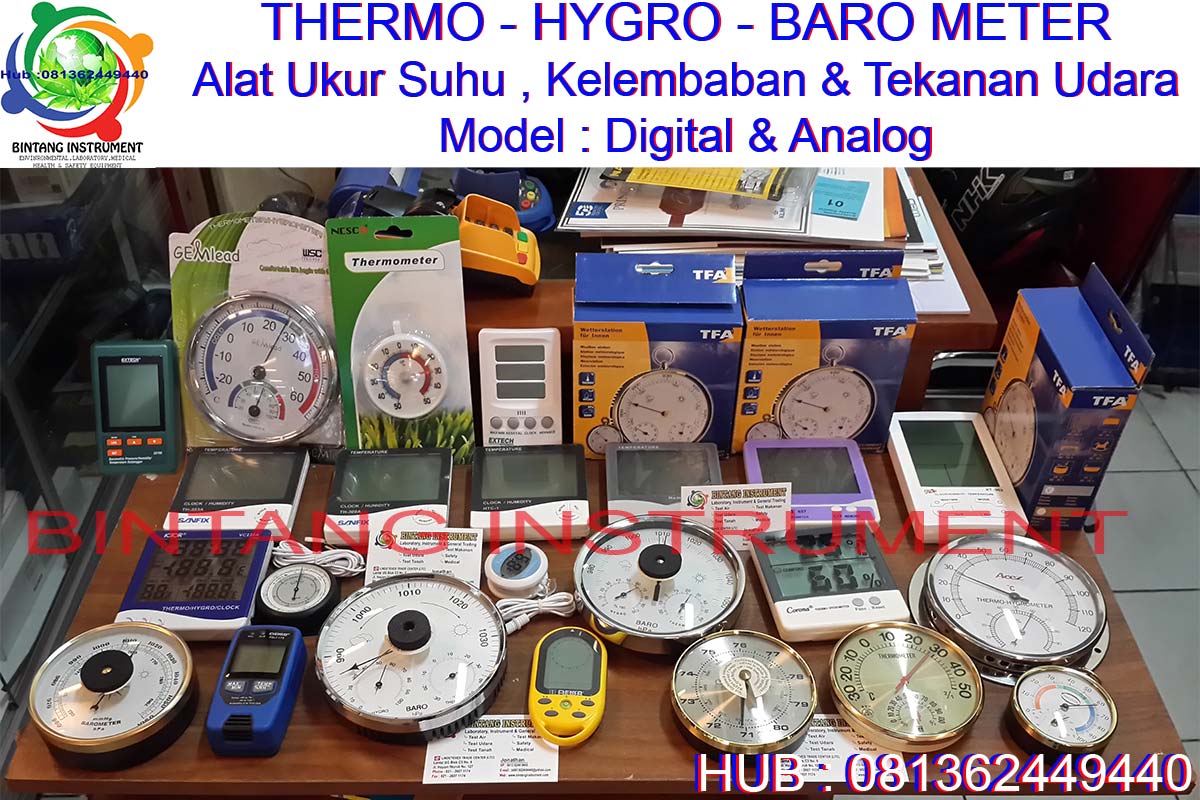10 Must-Have Equipment for Your Bearded Dragon: A Beginner's Guide
Introduction: Becoming a Bearded Dragon Owner
Are you looking for information on how to take care of your new bearded dragon? Do you want to ensure that you are providing the best equipment for your pet? Look no further! In this guide, we will cover the must-have equipment for your bearded dragon, from their enclosure to their diet and everything in between.
1. Enclosure
The first thing you need to consider when owning a bearded dragon is their enclosure. A bearded dragon needs a spacious and secure terrarium to live in. Bearded dragons are active creatures and need at least a 40-gallon enclosure. A glass enclosure works well, as it provides good visibility, and it is easy to clean. Ensure that the enclosure comes with a secure lid to prevent escape.

2. Lighting
Bearded dragons require access to UVB lighting to remain healthy. UVB lighting helps to stimulate their appetite and keeps their bones healthy. When purchasing UVB lighting, ensure that it is meant for reptiles and that it provides the necessary UVB wavelength that bearded dragons require. Position the UVB lamp on top of the enclosure, 12-14 inches away from the basking spot.

3. Heating
Bearded dragons are cold-blooded creatures and need a heat source to regulate their body temperature. A basking area is essential to provide bearded dragons with enough heat. Purchase a basking light that contains UVA and UVB and place it at one end of the enclosure. Ensure the basking area is around 95-105°F. Use a thermometer to measure the temperature.

4. Substrate
When considering substrate options for your bearded dragon, you need to choose one that is safe for them to walk and lay on. Avoid materials such as sand and gravel, as they can cause impaction if ingested. A good option would be reptile carpet or tiles as they can easily be cleaned and are safe for bearded dragons to sit on.

5. Food and Water Bowls
You need to provide your bearded dragon with bowls for food and water. Ensure that the bowls are shallow and heavy enough, so they do not tip over. Use separate bowls for food and water to prevent contamination. You should replace the water daily and the food according to your bearded dragon’s feeding schedule.

6. Food
Your bearded dragon’s diet should consist of both live and fresh foods. Bearded dragons are omnivorous and enjoy a variety of insects and vegetables. Popular food choices include crickets, dubia roaches, mealworms, kale, and collard greens. Ensure that the food is appropriate in size for your bearded dragon.

7. Hides
In the wild, bearded dragons have access to a variety of hiding spaces to escape from predators. In captivity, provide your bearded dragon with at least two hiding spots. Hiding spots could be in the form of a reptile cave or a cardboard box with a hole cut out. Ensure that the hiding spot is large enough for your bearded dragon to turn around in.

8. Thermometer
As mentioned before, it is essential to provide your bearded dragon with a basking area that maintains the correct temperature. To ensure that the temperature is perfect, use a thermometer to measure the temperature in the enclosure. A thermometer will also help you identify if the temperature is too low or too high.

9. Multivitamins and Calcium Supplement
Bearded dragons require a balanced diet to maintain their health. It is recommended to use a multivitamin and calcium supplement to ensure that your bearded dragon is getting all the necessary vitamins and minerals. Use a calcium supplement twice a week and a multivitamin once a week.

10. Cleaning Supplies
Regular cleaning is necessary to maintain a healthy environment for your bearded dragon. You need to have cleaning supplies such as a reptile-safe disinfectant, bucket, and scrub brush. Clean the bowls and substrate at least once a week using the reptile-safe disinfectant. Change out the substrate when it becomes dirty or soiled.

Conclusion: Taking Care of Your Bearded Dragon
By providing the right equipment for your bearded dragon, you are ensuring that they receive the care they need to live a healthy life. The top ten must-have equipment for bearded dragon owners include an enclosure, UVB lighting, a heat source, a substrate, food and water bowls, a variety of foods, hiding areas, thermometer, multivitamins and calcium supplement, and cleaning supplies. Follow our guide, and you will become a responsible and successful bearded dragon owner.
